In the modern financial landscape, the physical debit card has emerged as a cornerstone of personal finance management. Unlike credit cards, which allow users to borrow money up to a certain limit, debit cards are directly linked to a bank account, enabling users to spend only what they have. This fundamental difference not only promotes responsible spending but also provides a tangible means of accessing funds.
The physical debit card typically comes in the form of a plastic card embedded with a magnetic strip or chip, which can be used at point-of-sale terminals, ATMs, and for online purchases. The convenience of a physical debit card cannot be overstated. It allows for instantaneous transactions, making it easier for individuals to manage their day-to-day expenses without the need for cash.
With the rise of digital banking and mobile payment solutions, the physical debit card remains relevant, serving as a reliable tool for both budgeting and financial tracking. As consumers increasingly seek ways to streamline their financial activities, understanding the nuances of physical debit cards becomes essential for effective money management.
Key Takeaways
- A physical debit card is a plastic card that allows you to access funds in your bank account for purchases and withdrawals.
- To apply for a physical debit card, visit your bank’s branch or apply online through their website, and provide the necessary identification and account information.
- Physical debit cards offer features such as cashback rewards, purchase protection, and fraud monitoring, providing benefits like convenience and security.
- You can use a physical debit card for both online transactions, by entering the card details, and offline transactions, by swiping or inserting the card at a point of sale terminal.
- To ensure safety and security when using a physical debit card, sign the back of the card, keep your PIN confidential, and monitor your transactions regularly for any unauthorized activity.
How to Apply for a Physical Debit Card
Applying for a physical debit card is generally a straightforward process that can often be completed online or in person at a bank branch. The first step typically involves selecting a bank or credit union that offers debit cards as part of their checking account services. Most financial institutions require applicants to open a checking account if they do not already have one.
This account serves as the foundation for the debit card, as it is where the funds will be drawn from during transactions. Once you have chosen a financial institution, the application process usually requires providing personal information such as your name, address, Social Security number, and date of birth. Some banks may also ask for identification documents like a driver’s license or passport to verify your identity.
After submitting your application, the bank will review your information and may conduct a credit check, although this is less common for debit cards than for credit cards. Upon approval, you will receive your physical debit card in the mail or at the branch, often within a few days to a couple of weeks.
Understanding the Features and Benefits of a Physical Debit Card
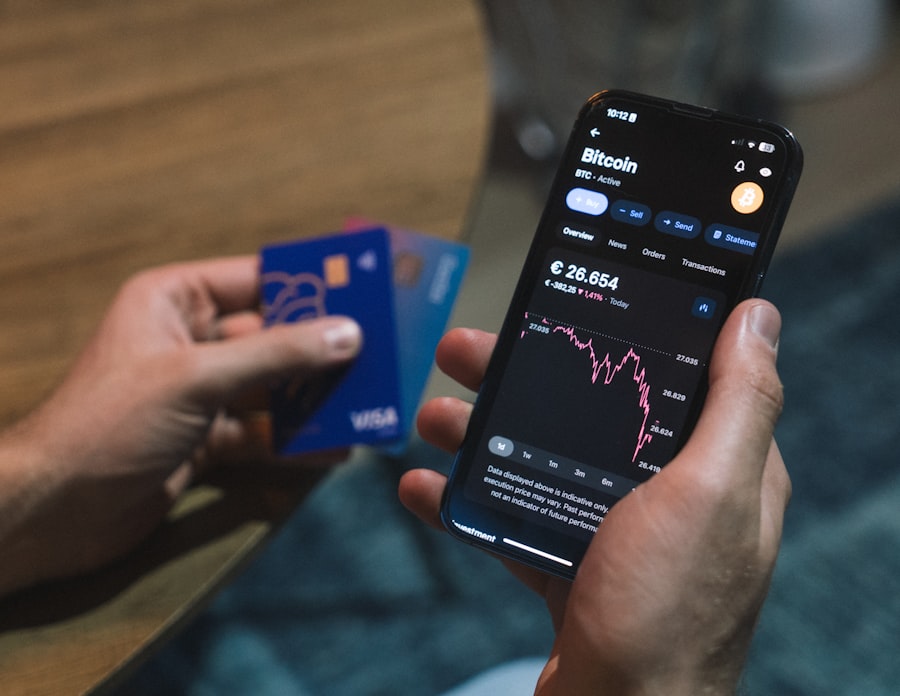
Physical debit cards come equipped with various features designed to enhance user experience and provide convenience. One of the most significant features is the ability to make purchases directly from your checking account without incurring debt. This feature encourages responsible spending habits since users can only spend what they have available in their accounts.
Additionally, many debit cards offer contactless payment options, allowing users to tap their cards at compatible terminals for quick transactions. The benefits of using a physical debit card extend beyond mere convenience. Many banks offer rewards programs associated with their debit cards, providing users with cash back or points for every purchase made.
This can be particularly advantageous for individuals who frequently use their debit cards for everyday expenses such as groceries or gas. Furthermore, physical debit cards often come with budgeting tools and mobile banking apps that allow users to track their spending in real-time, helping them stay within their financial limits.
Using a Physical Debit Card for Online and Offline Transactions
| Transaction Type | Security | Convenience | Acceptance |
|---|---|---|---|
| Online | Secure with CVV and OTP | Convenient for one-time purchases | Accepted by most online merchants |
| Offline | Requires PIN for security | Convenient for in-store purchases | Accepted by most retailers |
The versatility of physical debit cards makes them suitable for both online and offline transactions. When shopping in physical stores, users can swipe or insert their cards at point-of-sale terminals to complete purchases quickly and securely. Many retailers also accept contactless payments, which allow users to simply tap their cards on compatible devices, streamlining the checkout process even further.
For online transactions, using a physical debit card is equally straightforward. Users can enter their card details—such as the card number, expiration date, and security code—on e-commerce websites to make purchases. However, it is crucial to ensure that the website is secure before entering sensitive information; look for HTTPS in the URL and check for security certificates.
Additionally, many banks provide virtual card numbers linked to your physical debit card for online shopping, adding an extra layer of security by masking your actual card details during transactions.
Safety and Security Measures for Physical Debit Card Usage
While physical debit cards offer convenience, they also come with inherent risks that necessitate robust safety and security measures. One of the primary concerns is the potential for theft or loss of the card itself. To mitigate this risk, users should treat their debit cards like cash—keeping them secure and reporting any loss or theft immediately to their bank.
Most banks offer 24/7 customer service lines specifically for reporting lost or stolen cards. In addition to safeguarding the physical card, users should also be vigilant about online security practices. This includes regularly monitoring account statements for unauthorized transactions and using strong passwords for online banking accounts.
Many banks now offer two-factor authentication (2FA) as an added layer of security when accessing accounts online or making transactions. Utilizing these features can significantly reduce the risk of fraud and unauthorized access to your funds.
Managing and Monitoring Your Physical Debit Card Transactions

Effective management and monitoring of your physical debit card transactions are crucial for maintaining financial health. Most banks provide online banking platforms or mobile apps that allow users to view their transaction history in real-time. This feature enables individuals to track their spending habits closely and identify any discrepancies or unauthorized charges promptly.
Setting up alerts is another effective way to manage your debit card usage. Many banks offer customizable notifications that can inform you of transactions over a certain amount, low balances, or even when your card is used internationally. These alerts can help you stay informed about your spending patterns and provide an early warning system against potential fraud.
By actively engaging with your account information, you can make informed decisions about your finances and adjust your spending habits as necessary.
Understanding the Charges and Fees Associated with a Physical Debit Card
While physical debit cards are often marketed as low-cost alternatives to credit cards, they can still come with various fees that users should be aware of. Common charges associated with debit cards include monthly maintenance fees for checking accounts, ATM withdrawal fees when using out-of-network ATMs, and overdraft fees if you attempt to spend more than what is available in your account. Understanding these fees is essential for avoiding unexpected charges that can erode your budget.
Some banks may also impose foreign transaction fees when using your debit card abroad or when making purchases from international merchants online. It’s advisable to review your bank’s fee schedule carefully before applying for a debit card so you can choose an account that aligns with your financial habits. Additionally, some financial institutions offer fee-free options or accounts designed specifically for students or low-income individuals, which can help mitigate costs associated with maintaining a debit card.
Tips for Using Your Physical Debit Card Wisely and Responsibly
Using a physical debit card wisely involves adopting practices that promote financial responsibility and security. One effective strategy is to create a budget that outlines your monthly expenses and allocates specific amounts for categories such as groceries, entertainment, and savings. By adhering to this budget and using your debit card only within these limits, you can avoid overspending and maintain better control over your finances.
Another important tip is to regularly review your transaction history and account statements. This practice not only helps you stay aware of your spending habits but also allows you to catch any unauthorized transactions early on. Additionally, consider setting aside a portion of your income into savings each month; many banks offer automatic transfer options that can help you build an emergency fund without requiring much effort on your part.
In conclusion, while physical debit cards are convenient tools for managing personal finances, they require responsible usage and awareness of associated risks and fees. By understanding how to apply for one, utilizing its features effectively, and implementing safety measures, users can maximize the benefits while minimizing potential pitfalls associated with this financial instrument.
FAQs
What is a physical debit card?
A physical debit card is a plastic card issued by a bank that allows the cardholder to access funds in their bank account to make purchases or withdraw cash. It is linked to the cardholder’s bank account and can be used at ATMs and point-of-sale terminals.
What is the meaning of physical debit card in Hindi?
The meaning of physical debit card in Hindi is “शारीरिक डेबिट कार्ड”. It is a card that is physically present and can be used for making transactions in person.
How does a physical debit card work?
A physical debit card works by allowing the cardholder to access the funds in their bank account to make purchases or withdraw cash. When the card is used, the funds are deducted directly from the cardholder’s bank account.
What are the benefits of a physical debit card?
The benefits of a physical debit card include the convenience of making purchases and accessing cash, the ability to track spending through bank statements, and the security of not having to carry large amounts of cash.
How can I get a physical debit card?
To get a physical debit card, you can apply for one at a bank where you have a savings or current account. The bank will issue the card after verifying your identity and linking it to your bank account.













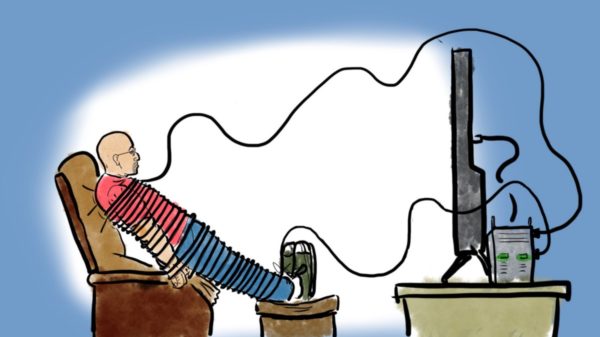

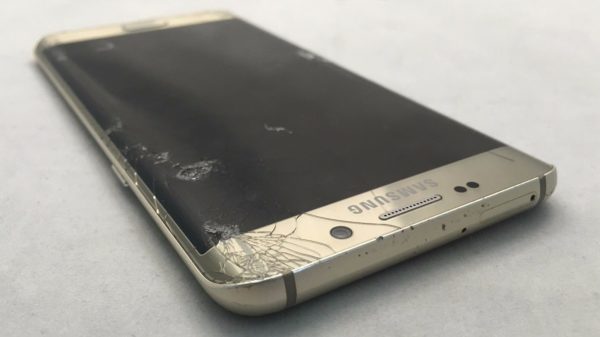

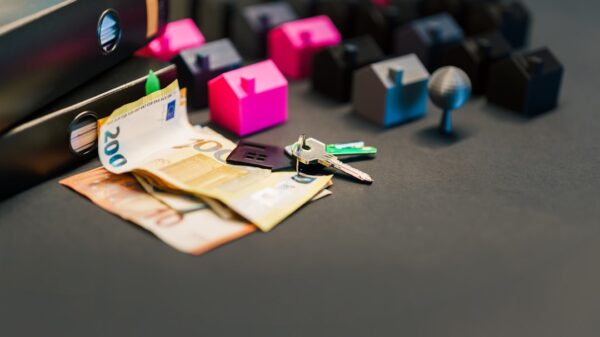
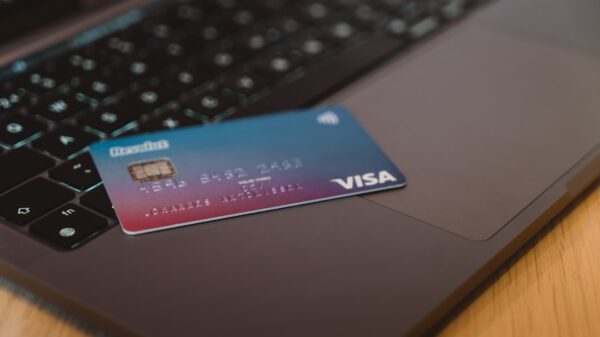


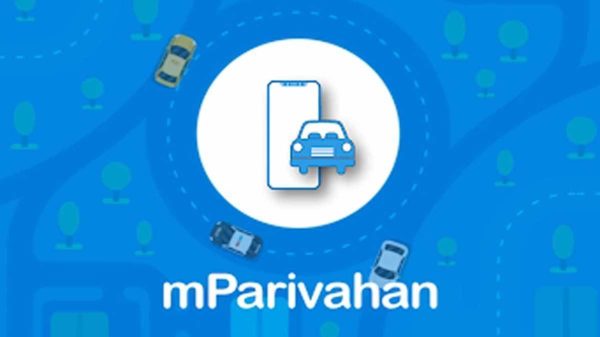




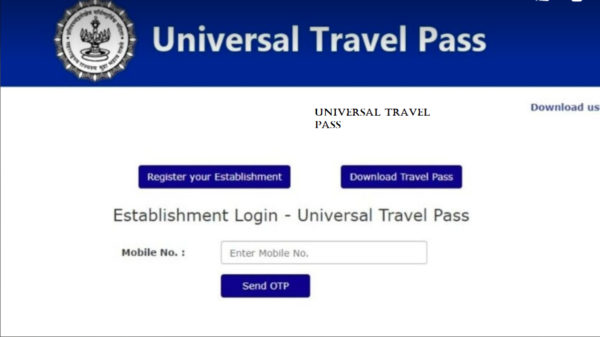





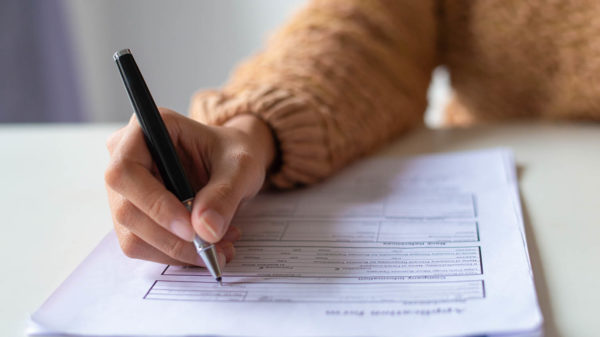






















You must be logged in to post a comment Login